Formula E
HOW DOES THE CAR CHANGE IN FORMULA E WORK?
Gwen, what’s your job at the Formula E team of ABT Schaeffler Audi Sport?
I’m the team manager. I look after most of the organizational aspects, making sure that everything runs smoothly on the race weekend. This includes the transport of our cars and staff logistics. In addition, I am the contact person for the FIA. I’m responsible for ensuring that we comply with all the rules. During the race weekend, I also oversee the car changes.
The switch of cars is one of the peculiarities of Formula E. What’s involved in this type of pit stop?
We have two mechanics per car whose job it is to assist the driver when the time comes to make the switch. The car comes into the pit lane, the driver hands the steering wheel to the first mechanic, gets out, runs over to the other vehicle and gets in. The second mechanic waiting next to the vehicle assists him and makes sure the whole sequence goes according to plan. My job is to oversee the operation.
What is most important during the pit stop? Speed?
Not quite. We have to stay within the permissible time window. If we are too fast, we incur a penalty, because the FIA specifies a minimum time for the pit stop before each race. This varies from ePrix to ePrix, because the calculation is based on the length of the pit lane and also how long it takes under race conditions. But if we try to play safe by going for a slower pit stop, then there is a danger that we lose a position. It’s a bit of tightrope act.
What in your opinion is the key to a perfect pit stop?
Practice, practice and more practice, and all the while keep calm. The pit stop is a stressful situation. There isn’t much room in a Formula E cockpit, and time is limited, which puts great pressure on the drivers and mechanics. So to keep a cool head, it is important that they repeat the process many times and know it off by heart. You have to instantly find the small belt buckle, get out, get in, buckle up again – and make sure you don’t forget anything. Without enough practice, a mistake can easily be made, and then you get punished. We therefore rehearse the car change routine every race weekend.
What does this practice involve?
We simply park the two cars side by side in front of the garage, and then we practise switching from one cockpit to another. It’s not a big deal – we just try to make the process automatic. We go through the routine several times over the weekend. On Friday during the roll-out, we rehearse it at least twice, and on Saturday mornings we do it again during the two free practice sessions.
The future target in case of battery development in Formula E is that the cars will be able to go the full race distance without the need for a car change. Would that be a loss to Formula E?
Constant development is indeed the goal of Formula E, and when it comes to marketing, it would also be good if it went in this direction. I personally feel that the car change is one of the things that makes Formula E so different and special. It’s a challenge I like a lot.

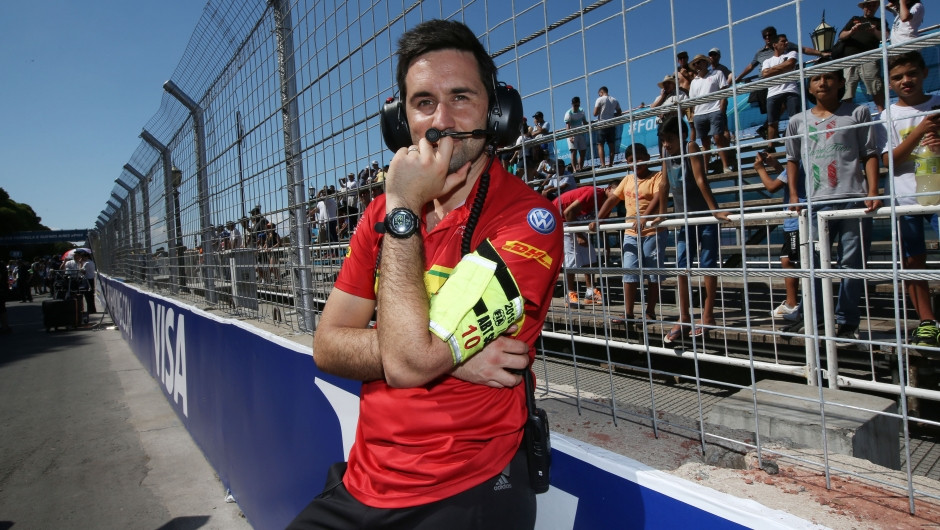
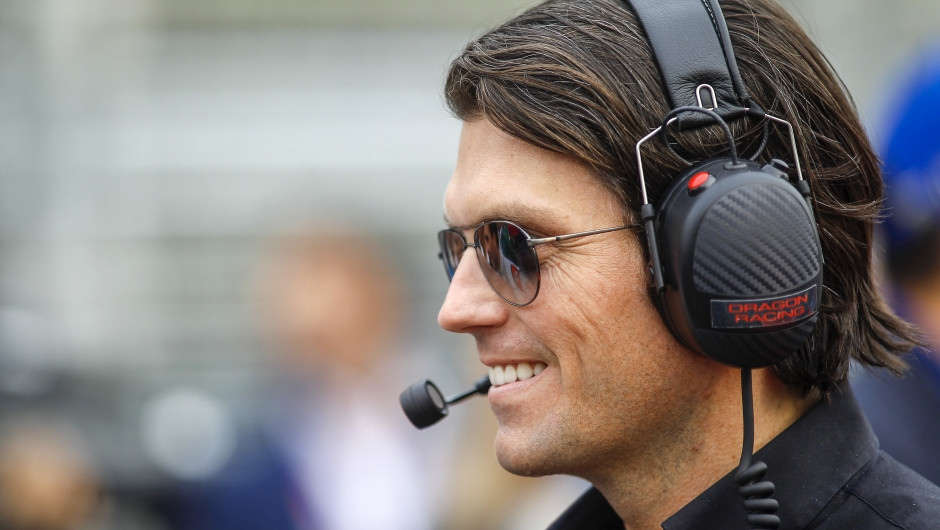
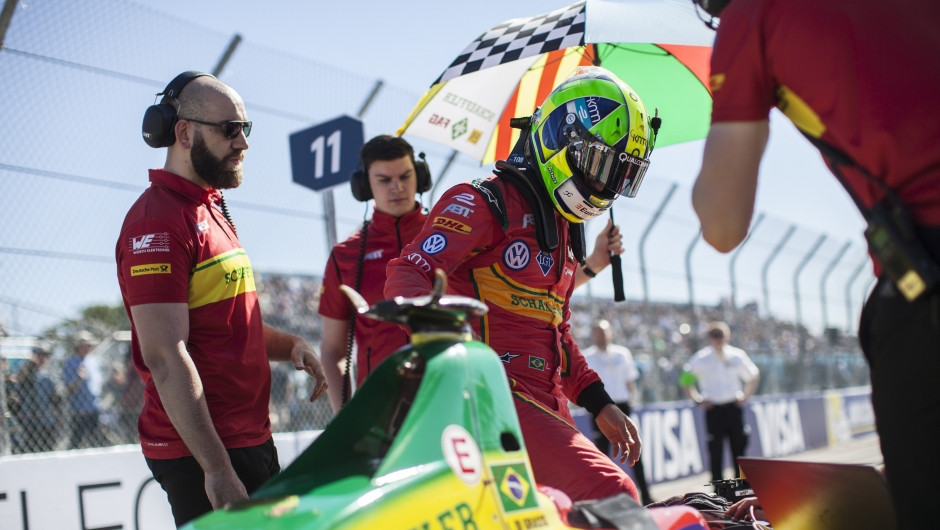

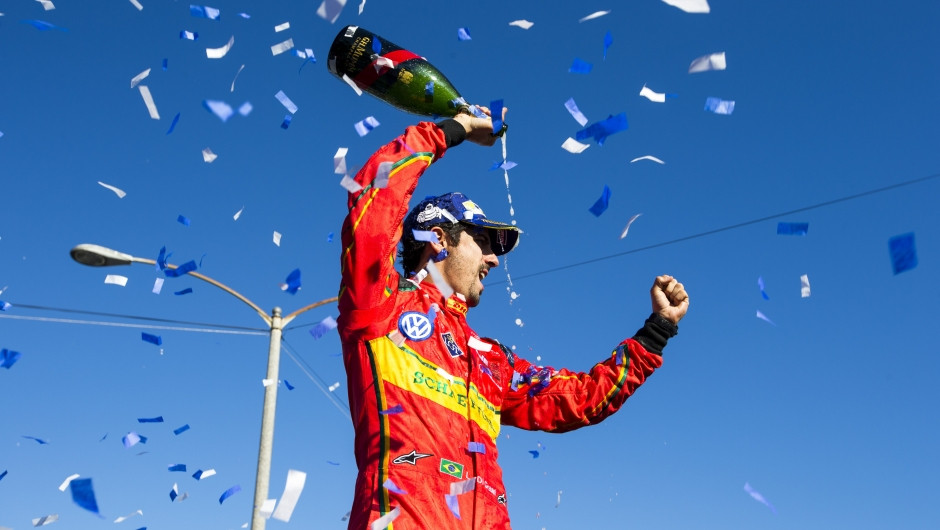
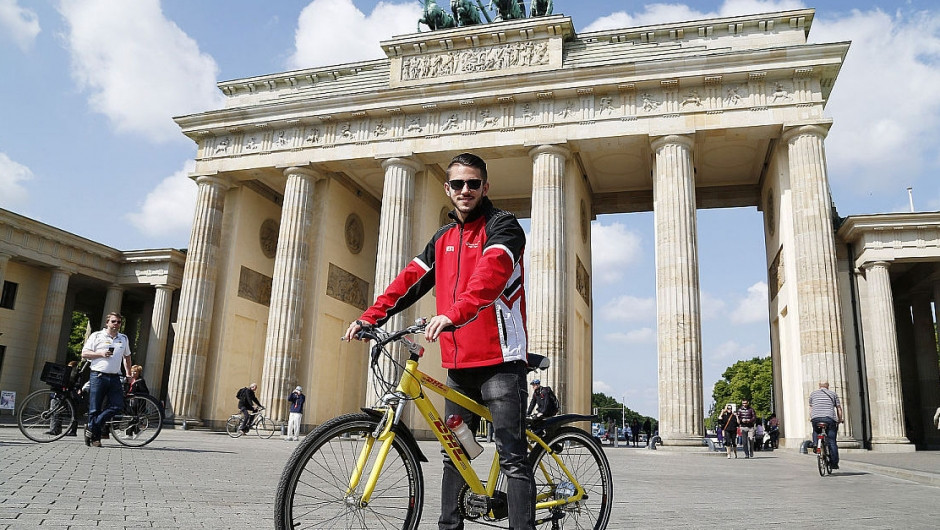
Content from disqus has been blocked because you did not allow to load it.
Loading the blocked content will adjust your privacy setting and content from this service will not be blocked in the future.
You have the right to revoke or change your decision at any time.
Posting Guidelines
All communications on Logistics of Things should be appropriate for a professional community, respecting the diverse views of individuals from different backgrounds. We will review all comments and reserve the right to terminate or restrict access to user's account and to delete any content posted through it, without notice and at our discretion, if we deem it to be overly promotional, offensive, or off topic.
All posting become property of DHL.